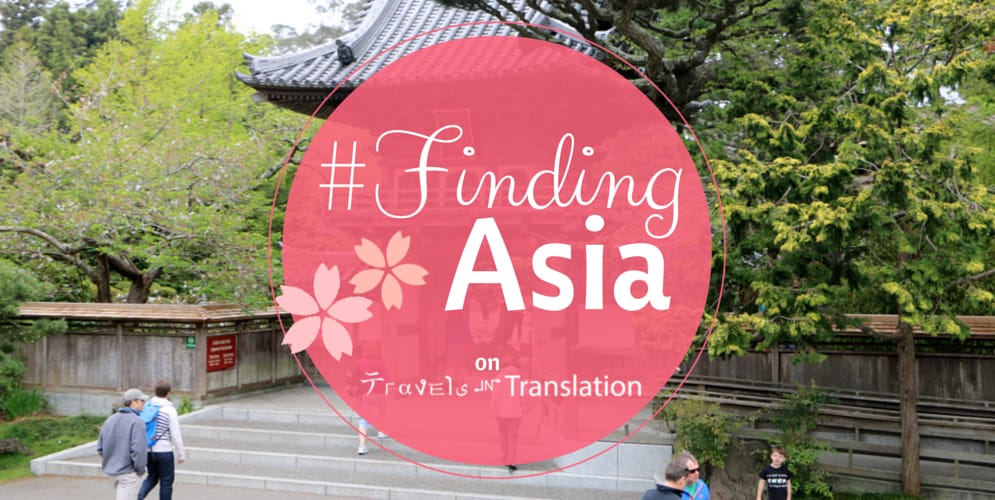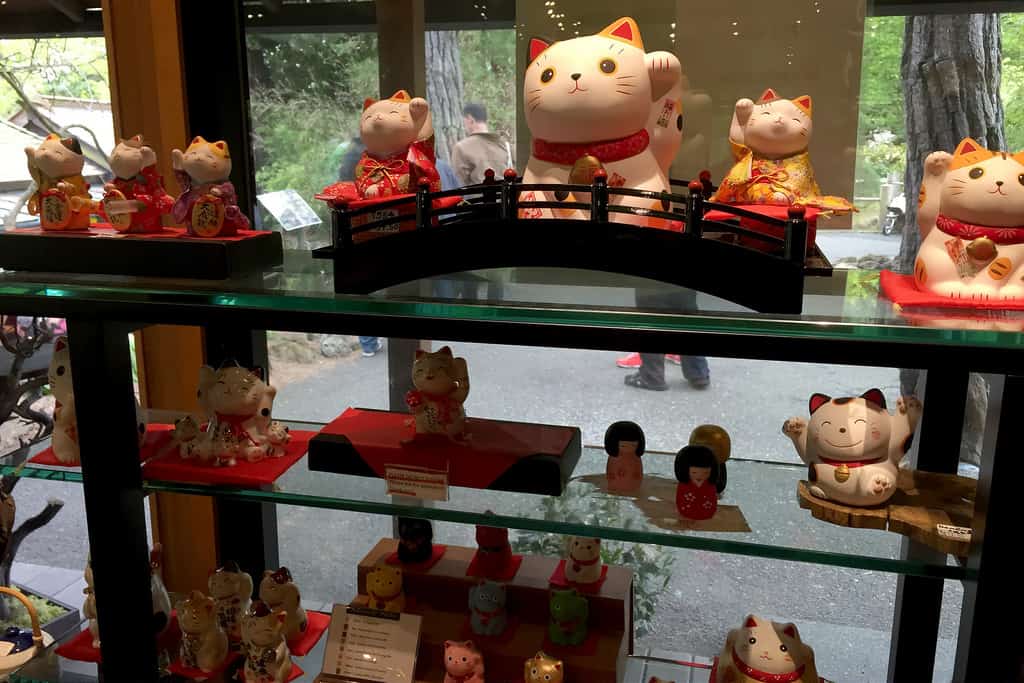#Findingasia
#FINDINGASIA: JAPANESE TEA GARDEN, SAN FRANCISCO

Nestled amongst the 1,017 acres of Golden Gate Park, the Japanese Tea Garden is truly a gem in San Francisco (alongside their Japantown).
It is the oldest Japanese garden in the United States, and one of the most authentic.
It’s lush greenery is primarily made up of plants native to Japan and China and it utilizes many classical elements in traditional Japanese gardens including drum bridges, stone lanterns, crooked stone paths and zen gardens.


The garden was originally created as an exhibit for the 1894 World’s Fair, the California Midwinter International Exposition.
Makoto Hagiwara, who helped design the garden, convinced the city to turn what was supposed to be a temporary exhibit into a permanent park once the fair had ended. Officials agreed and Hagiwara became the official caretaker of the garden.
Over the years Hagiwara expanded the garden from its original acre to just over five acres– he even specifically requested to import one thousand cherry trees from Japan, which can still be found blossoming around the garden come March.
Hagiwara also imported many Japanese flowers, birds and even koi fish.


The Hagiwara family continued to live in and maintain the gardens until 1942, when they were forced to relocat to an internment camp with other Japanese-American families.
During the war, the garden was renamed the “Oriental Tea Garden”, and many of its distinct Japanese design was destroyed and its plants died from lack of care.
Reflecting a perfect circle, the Drum Bridge and crooked pathways are two of the few remaining items from the original 1894 Japanese Village.
Fortunately, the name “Japanese Tea Garden” was reinstated in 1952, and a year later a 9,000 pound Lantern of Peace, which was purchased from the contributions of Japanese children, was given as an offering of friendship in effort to ease any lingering tensions as they rebuilt the gardens.
Today free tours of the garden are given daily, which basically teach you everything I’ve already written above.
The gardens are equally nice to explore on your own or with a guide. While they can be seen in as little as 30 minutes, I highly recommend planning to spend longer to fully appreciate the gardens.

As we strolled around, we saw others sitting and meditating, drawing or simply relaxing while sipping tea.
The newly refurbished tea house is said to be the highlight of the garden– but I much preferred the actual gardens themselves. While the tea house provided beautiful views to enjoy while sipping tea, I found it a bit crowded and heavily overpriced.
That didn’t stop us from purchasing anything though, as I still happily enjoyed my breakfast of matcha and wagashi.

Back behind the tea house is a gift shop that also features Japanese design on both the exterior and interior.
They sold authentic Japanese items including teas, ceramic bowls, daruma dolls, children’s toys and collectibles. Despite being tempted by a few of their items, I had to stop myself because, again, it was quite overpriced.

The various landscapes were all so enchanting.
I’m sure it’s especially beautiful in early spring with the cherry blossoms– we managed to catch only the very end of the season.
Filled with sakura, azaleas, camellias, wisteria, and other flowers typical to Japan, I’d love to continually return to this garden each season, to see how the colors change.
However, like most true Japanese gardens, I’m sure it would be beautiful no matter the time of year.


When to visit: Daily; Monday, Wednesday, and Friday there is free admission before 10am– otherwise it’s $8 for non-residents.
Where to visit: 75 Hagiwara Tea Garden Drive
How to visit: Take Muni public transport. The 44-O’Shaughnessy bus stops near the garden on Tea Garden Drive (heading southbound)










